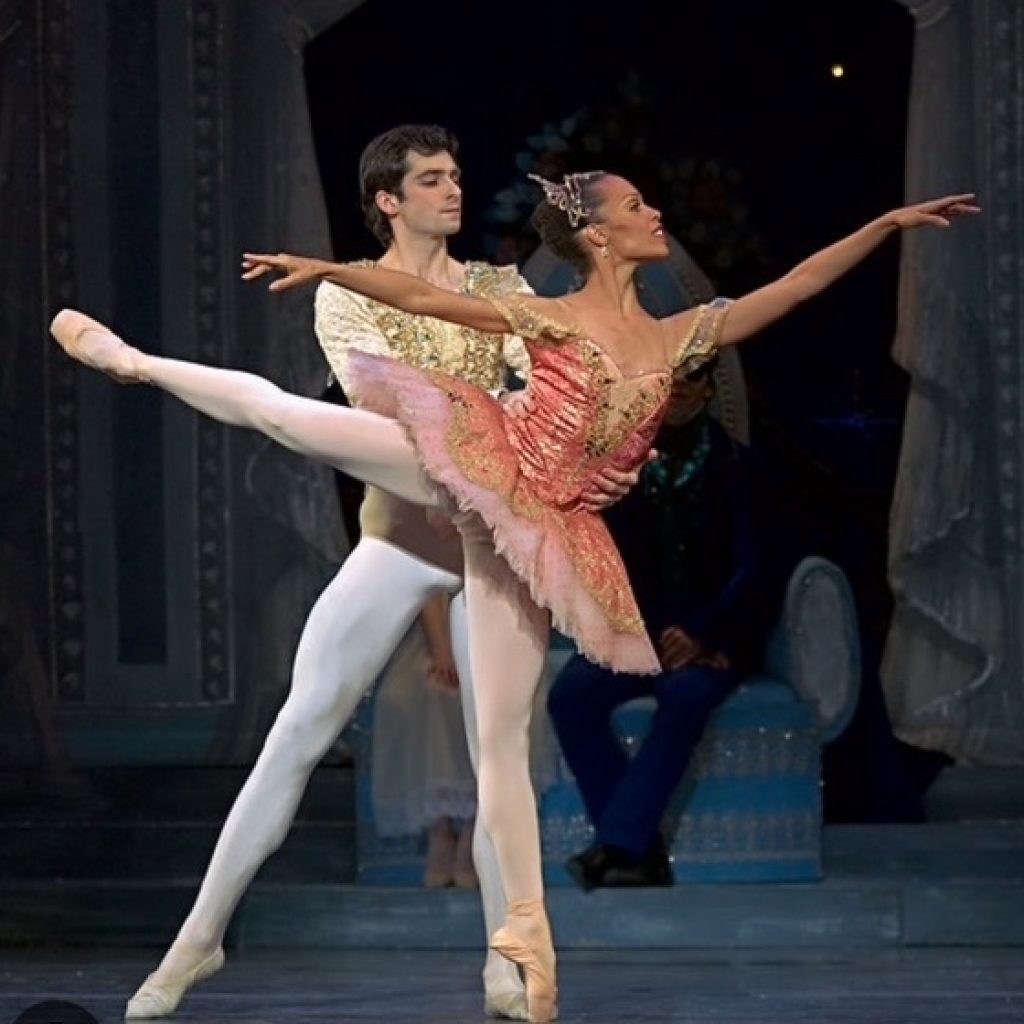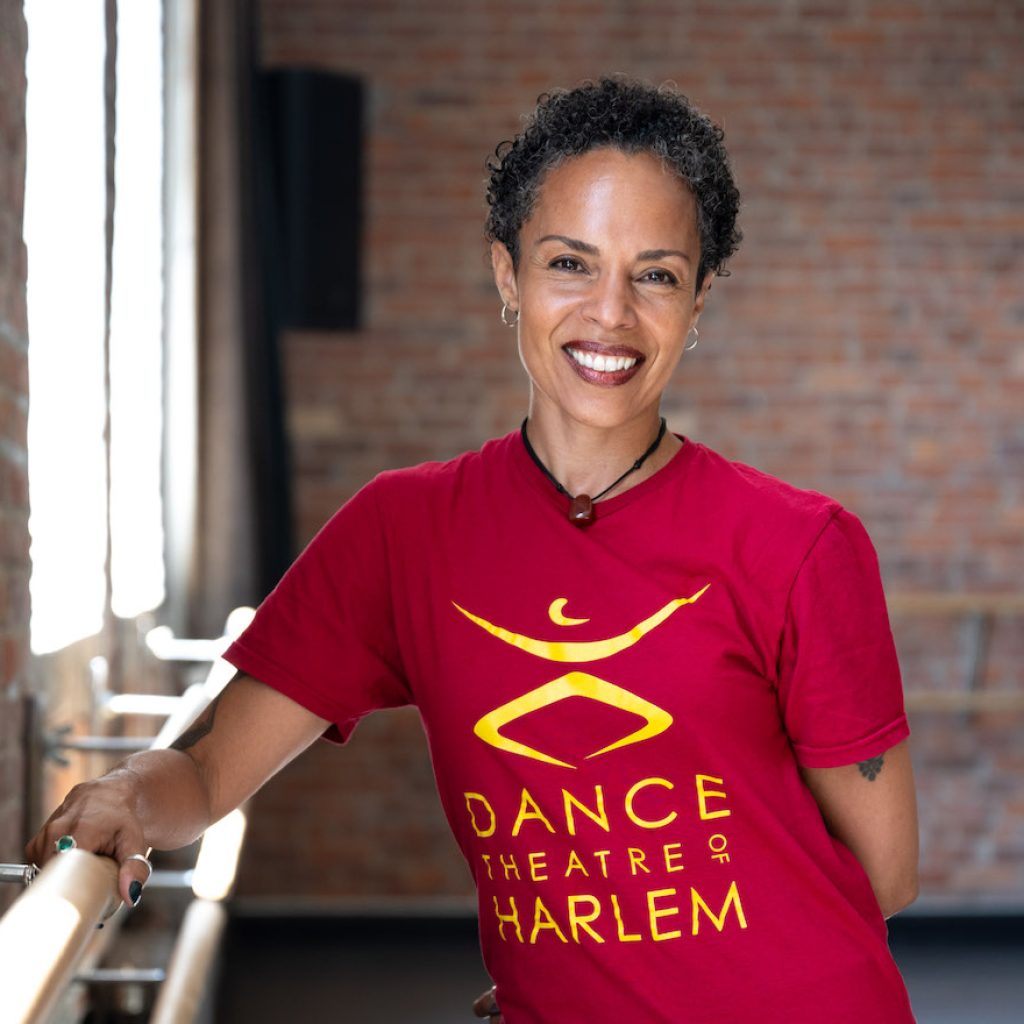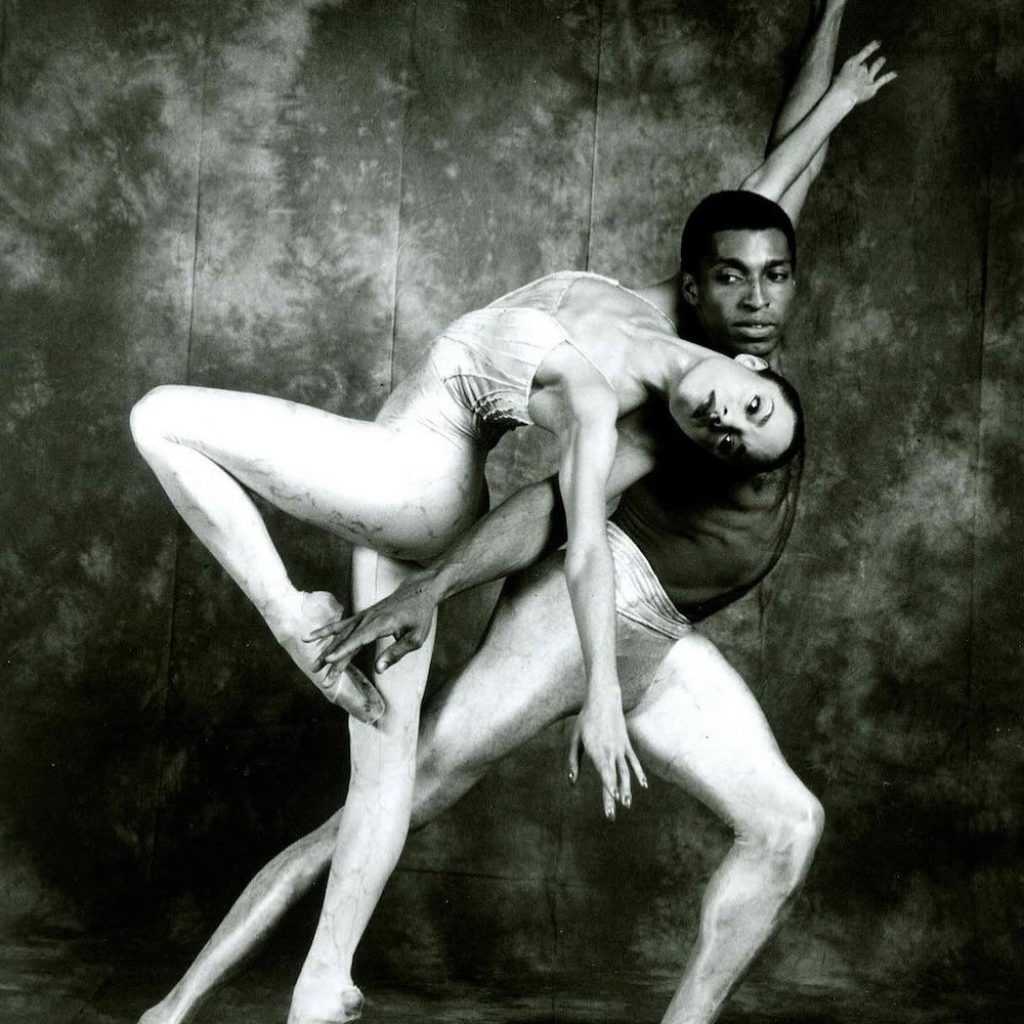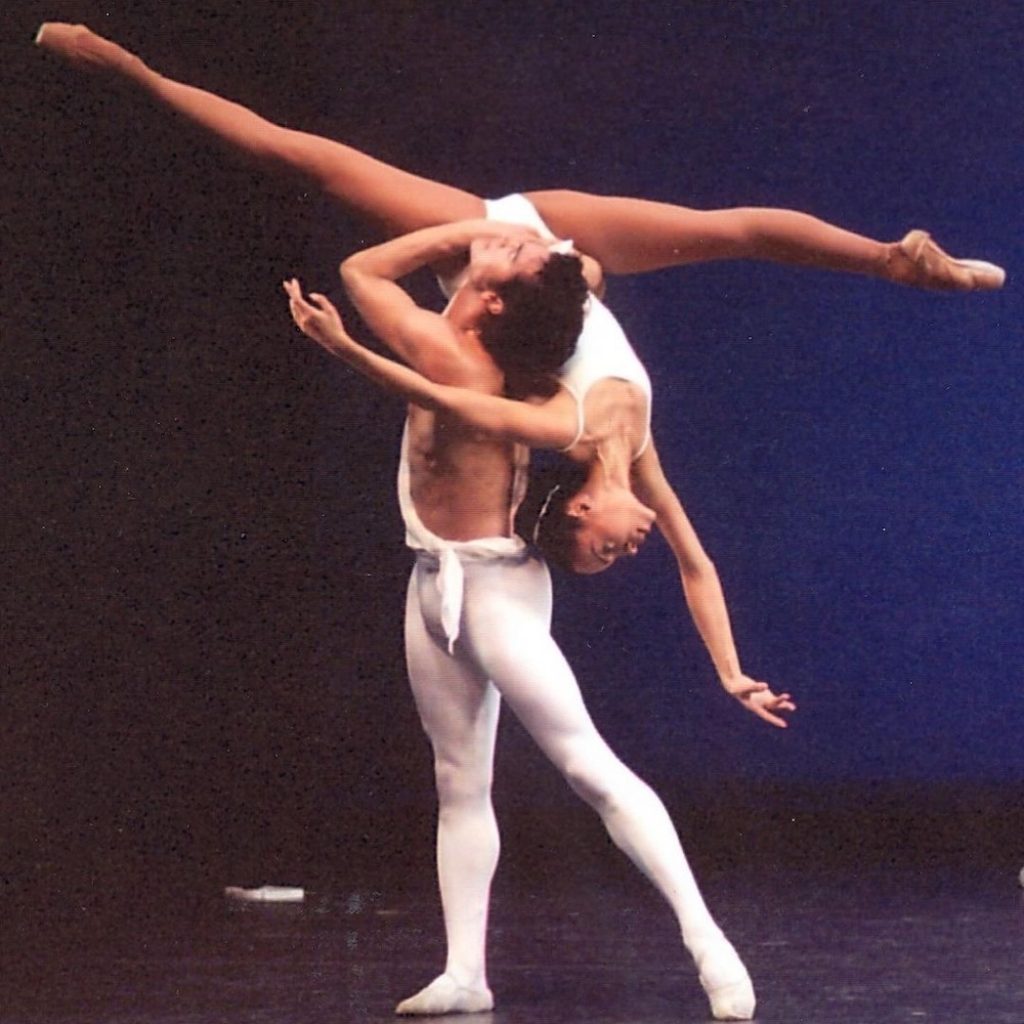Watching Tai Jimenez dance was like witnessing a masterpiece come to life — every second revealed new layers of depth and which means. With a celebrated profession in ballet and on Broadway, she now serves because the director of the Dance Theatre of Harlem (DTH) College.
The College was based by Arthur Mitchell. His legacy and imaginative and prescient proceed to encourage each facet of the DTH firm and faculty. Jimenez absolutely embodies that spirit. Dance Informa caught up with the dynamic Jimenez amidst her busy schedule of lessons and conferences.
The place did you begin dancing, and the way did you discover your method to DTH?
“My mom stated that after I was little, I by no means stopped dancing! It wasn’t performative. I didn’t do it to get consideration. In reality, if anybody stopped to look at me, I might run and conceal. In yoga, we name it Bhakti, union and reward of the divine. Any dancing I’ve executed since then is an try to return to that house. Ultimately, folks observed this incessant twirling and instructed my mom to get me to a college. I began learning with Joan Millen Mesh who had a small, one studio faculty on Merrick Blvd in Queens. I’ll add right here that Ms. Joan was African American and graduated from Juilliard, so my first publicity to ballet was along with her. Her daughter, and my first dance icon, was Sharrell Mesh-Alexander, then a rising star with the Ailey Firm. Ms. Joan took me to audition for College of American Ballet the place I stayed for 4 years. I studied at The Ailey College, the Joffrey Ballet College (summer season intensive) and eventually with Madame Darvash.”
You danced professionally for DTH, Boston Ballet and on Broadway. Are you able to speak about your experiences?
“Nicely, I really feel like I’ve a soul-contract with DTH! Even after I’m not there, I see it in my goals. It’s there that I began to actually rework because of Mr. Mitchell’s sheer pressure and insistence, and the alternatives he supplied. At DTH, I used to be in a position to cease worrying about being a black individual in ballet and will deal with the artwork. Mr. M was a job grasp. It meant quite a bit to me that he noticed me as an artist and never only a downside. He was not beneficiant with reward, so when he lastly stated I used to be a ballerina, it meant quite a bit, to obtain his benediction. He made me work for it!
At DTH, we had been all the time guided by a shared ethos, which was, in Mr. Mitchell’s phrases, that ‘You might be representing one thing bigger than your self.’ We understood that we had a social mission to uplift one another and the world. I don’t imply to sound grandiose, however I do consider that the humanities are a sort of drugs. At Boston Ballet, I didn’t really feel a way of unity, however I used to be uncovered to some distinctive dancing, choreographers and Mikko [Nissinen]’s deep knowledge concerning the artwork that helped formed me. Broadway was laborious. I assumed as a result of I didn’t have to bounce on pointe that it wouldn’t be so laborious, however dancing in heels was tough. I’ve deep respect for the Broadway artists. I principally felt overwhelmed and terrified throughout my transient Broadway tenure, unused as I used to be to projecting my voice. There have been some dangerous critiques, however I discovered quite a bit via the compassionate genius of George C. Wolfe. I keep in mind him asking me how I felt after a rehearsal. I used to be shocked. Nobody (in ballet) ever requested about how I felt. In reality, I didn’t know the way I felt and abruptly realized, I didn’t know myself. In reality, I used to be unable to hit the mark of the character and skilled quite a lot of nervousness about what I lacked. It was all very humbling to say the least.”
What made you determine to retire from performing? Did you all the time need to educate after leaving the stage?
“I used to be able to retire a lot prior to I did. I didn’t have the struggle in me anymore. However I lingered on as a result of I used to be afraid of not understanding what to do with myself if I wasn’t a ballerina. I used to be afraid of getting to face the ordinariness of life. I hadn’t consciously considered instructing, however after I began instructing, I spotted that I had been getting ready for all of it alongside: I might typically analyze different folks’s lessons, what labored or didn’t work, whether or not that was technical, musical, or some problem with the instructor’s character and use of language. Additionally, my very own coaching by no means adopted a whole syllabus. It was in every single place and there have been a number of vital years of coaching misplaced to only attempting to outlive the psychologically debilitating racism that I confronted. That’s all to say that on a technical stage, I had gaps to fill, which I did by assuming duty for my very own studying. I needed to educate myself quite a bit.”
Have been you shocked to be provided directorship of the varsity?
“Was I shocked? Nicely, sure and no. There was that soul-contract factor that I discussed.”
What’s your instructing philosophy? Are you able to speak about studying from the late, nice Arthur Mitchell?
“I strive, initially, to assist everybody domesticate a relaxed state of consciousness. Generally I take advantage of yogic respiratory. I additionally encourage the usage of the internal colleges — the instinct and visualization. It’s vital for folks to be reminded of their capacity to create, that this capacity lies inside us. I really feel that neighborhood is essential and need everybody to really feel seen and valued within the classroom and at DTH basically. I attempt to domesticate friendliness and respect. Many gained’t develop into skilled dancers, however dance can be utilized as a software for self-mastery, and that knowledge may be utilized to any circumstance. Technically, I took quite a bit from Madame Darvash, particularly relating to placement of the skeleton and the applying of physics. Mr. Mitchell’s class was totally different from Madame’s. It was much less technically difficult, however easy and lethal in its personal method. It was targeted on the refinement of the classical dancer and growing a dynamic stage presence.”

What kind of objectives do you could have for the way forward for the varsity?
“I need to enhance our enrollment. I need to restore our skilled coaching division and second firm. I need to broaden the scope of Harlem Mouse/Nation Mouse, a full-length ballet created on my own and Robert Garland as a method to unite the varsity and firm, a lot in the identical method as The Nutcracker does for different establishments. I’d prefer to have a yearly instructor coaching. And most of all, I need to assist folks discover their method to ecstasy through dance.”
What recommendation would you could have for dancers wanting to review at a rigorous faculty like DTH?
“It’s a must to fall in love with the work. It’s principally work. Additionally, to dedicate a while each day to your individual therapeutic, whether or not it’s a scorching soak within the tub, yoga, meditation, visualization, therapeutic massage, floating, chanting, singing, finds what works for you.”
You’ll find out extra details about the DTH College at www.dancetheatreofharlem.org/faculty.
By Mary Carpenter of Dance Informa.





